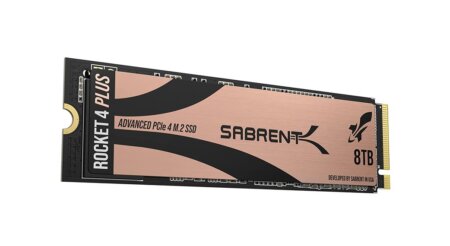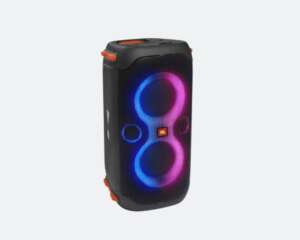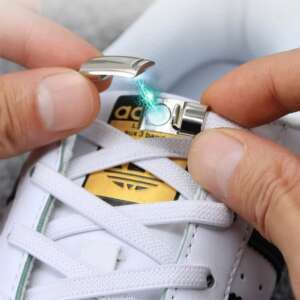There are very few differences in the design features that differentiate the Pro and the non-Pro in iPhone 13. Both phones have the same size, and iPhone 13 Pro is slightly heavier at 203 grams which are expected.
More RAM and 1TB Storage Option[tie_index]More RAM and 1TB Storage Option[/tie_index]
The iPhone 13 Pro has an additional 1TB SSD storage option, and all options come with 6GB RAM versus 4GB on the non-Pro version. The amount of RAM has a direct impact on the speed of the phone as it allows more apps to run in the background and is necessary for multi-tasking. It is one of the most fundamental specifications which has a direct impact on system speed especially when the RAM is low.
5-Core Apple GPU graphics
Apple has been using the same 4 core GPU for the past few iPhones, and it is the first time it has added one more core to the GPU. There is definitely an improvement over the 4-core GPU but how do we know and what does this mean for most of us?
The iPhone has always been running smoothly, and it will be increasingly harder to tell that it is getting “smooth-er”. The only likely time anyone can detect the improvements is probably through the most resource-intensive games.
How do we know? If you have been playing PC games over the years, the best 3-D shooter games there can deliver smooth and realistic 3D renders depending on the type (and price) of the graphics card that you are using. The game is designed to deliver the best display but it is your pocket (money) that is limiting what you get. We expect the same for smartphones.
LiDAR Scanners[tie_index]LiDAR Scanners[/tie_index]
The back of the iPhone 13 Pro has a small lens at the bottom for the LiDAR scanner (Light Detection and Ranging) which is essentially a low-powered laser rangefinder with a very short range of about 5m.
The LiDAR basically determines the range by measuring the time for the reflected light to return to the receiver. It using the same principle as RaDAR (Radiation Detection and Ranging), except it uses short-wavelength lightwave instead of radio electromagnetic wave that is outside of the visible spectrum.

The LiDAR does nothing besides measuring range, but it is up to the Apps to make use of this range information to do other useful tasks such as measuring height or scan the nearby surrounding into a 3D map.
ProMotion Displays[tie_index]ProMotion Displays[/tie_index]
The Apple ProMotion technology delivers adaptive refresh rates of up to 120Hz for fluid scrolling, greater responsiveness, and smoother motion content. With ProMotion, Apple Pencil is even more responsive with an industry-best, 20-millisecond latency for even more fluid and natural drawing. The proMotion also improves display quality and reduces power consumption by automatically adjusting the display refresh rate to match the movement of the content. This helps to improve overall battery life without compromising the experience.
The adaptive 120Hz is also called dynamic refresh rate in other brands. It is not a new technology but used by Apple since 2016 and other brands use them for non-pro models as well.

Apple ProRaw[tie_index]Apple ProRaw[/tie_index]
If you are a professional photographer, then you would understand the raw photo format. The raw photo is like the “negatives”, an uncompressed photo that has a wide dynamic range and contains all the image data captured by your camera sensor. In other words, the raw photo format is about retaining the maximum amount of the original details captured.
Professionals like to use raw images due to their flexibility for editing and hence are willing to accept the compromise of larger file sizes. It is like working from “scratch” where there are more options are available for tweaking, as compared to a reduced, compressed form like JPEG where some data was already lost.
So, what is the Apple ProRaw?
Apple ProRaw is Apple’s raw photo format that was first introduced in iOS 14.3 for the iPhone 12 Pro and Pro Max. The new file format gives you the customization of a raw file built atop the foundation of the iPhone’s computational photo smarts. Apple ProRaw works on all four iPhone 12 Pro and 12 Pro Max cameras. It uses the widely supported Adobe Digital Negative, or DNG, file format and contains information for 12-bit color and support for 14 stops of dynamic range.
Just like the camera raw format, the downside for using Apple ProRaw is a larger file size, which is fine if the plan is to edit the photos afterward. This could be useful for certain occasions such as weddings or any formal events which required photo editing and publishing at high resolution.
However, if there is no need to edit the photos, it is recommended to stick to the JPEG or HEIF format. If you are just snapping photos quickly, it is faster for the camera to process JPEG than to capture in raw format.
Check out this video on how to set up Apple ProRaw:
ProRes video recording at 4K at 30 fps or 1080p for 30 fps[tie_index]ProRes video recording at 4K at 30 fps or 1080p for 30 fps[/tie_index]
Apple’s ProRes video is a high-quality, lossy video compression format developed by Apple Inc. for use in post-production that supports video resolution up to 8K.
According to Tech Radar, Apple ProRes is like the Apple ProRaw where the maximum amount of the original information is captured for subsequent editing.
Conclusion[tie_index]Conclusion[/tie_index]
This sums up the differences in professional features for the iPhone 13 Pro which differentiates it from the non-pro iPhone 13.
If we classify the “Pro” features as high-end functions for professionals or hard-core gamers, then most of them would make sense except for the RAM which is an “essential” feature. All iPhones should have at least 6GB of RAM for normal usage to make the most out of multi-tasking and reason to use more phone apps. By restricting the RAM, Apple is basically limiting the number of apps where the phone can use concurrently. If there is more RAM, users may download and buy more apps, which is good for Apple store revenue.
There are other differences between the iPhone 13 Pro and the non-pro version such as weight, battery capacity, and battery life. However, these are adjusted due to different electronic components inside the casing, so they are not the reason for the “Pro” to be different.






